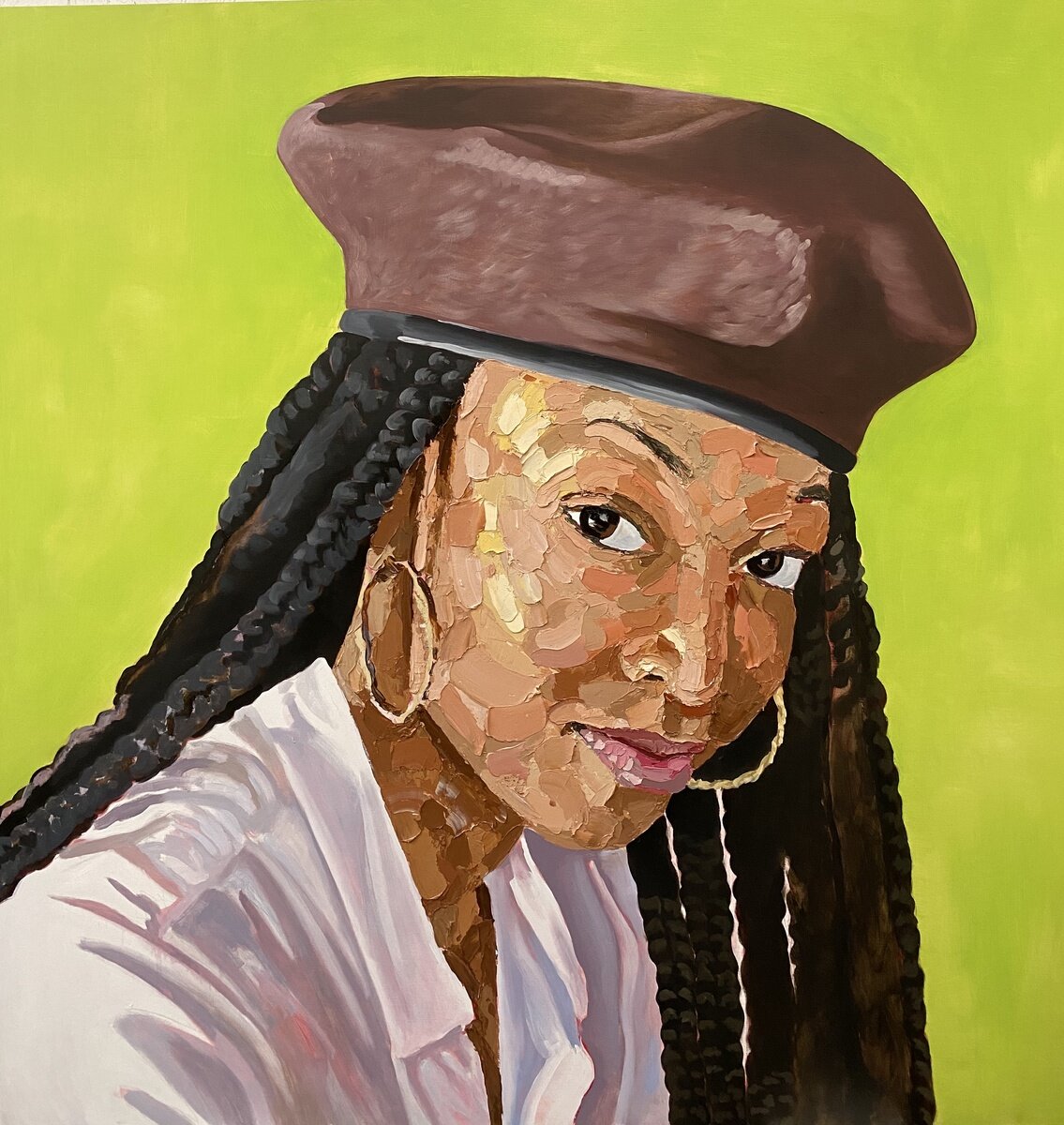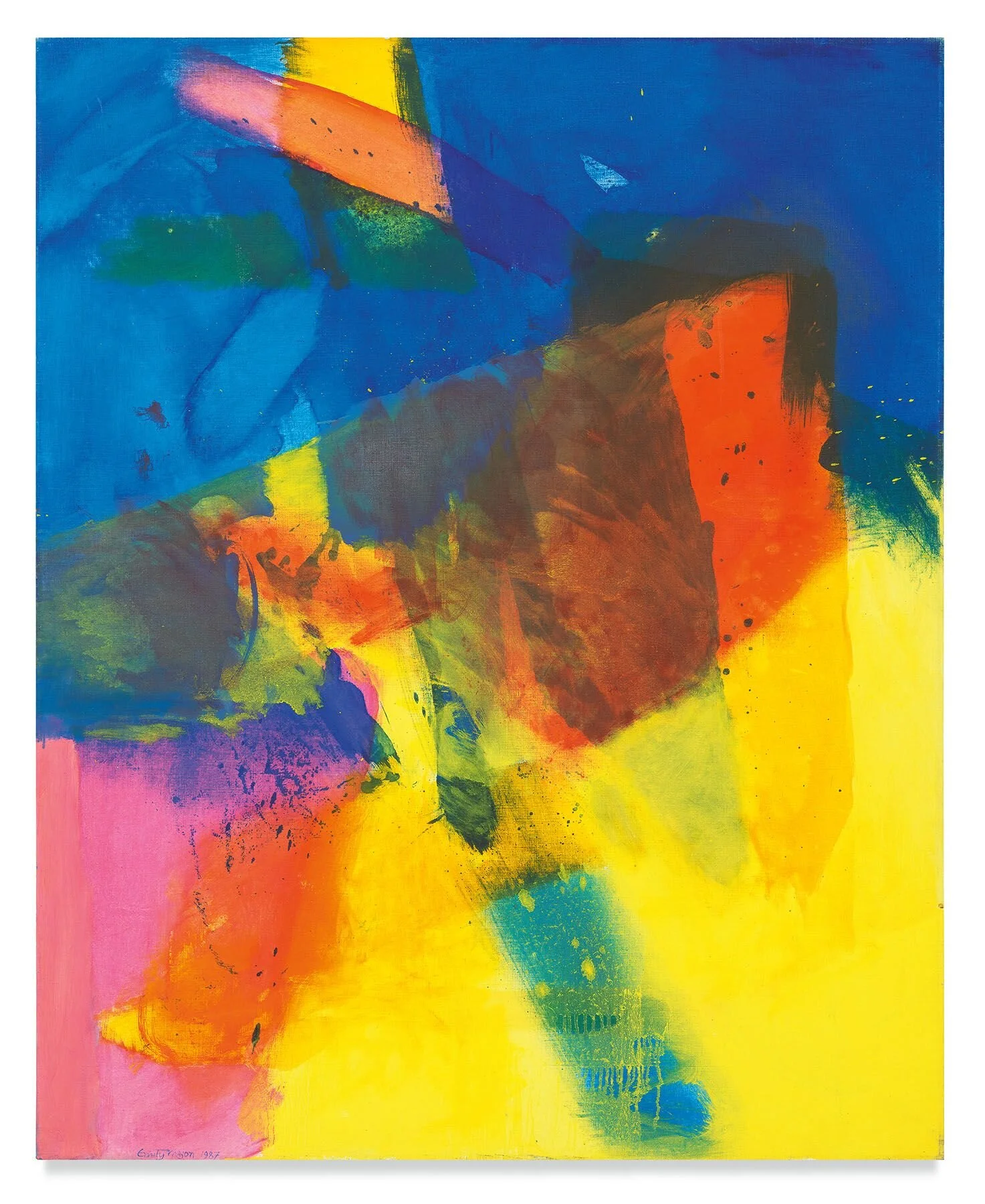Alyson Shotz
I had a chance to interview the multi-talented NY based artist Alyson Shotz, whose practice examines the properties and interactions of light, gravity, mass, and space. With an interest in the natural world, Shotz bridges disciplines in her work, working in a variety of media from sculpture to ink drawings and large scale public art installations. While exploring the essence of materials, her work expands viewers’ perceptions. Shotz’s works are known internationally and have been exhibited in numerous public and private institutions. She is currently working on a new public art installation made of hundreds of mosaic pieces, which will greet art lovers in a surprise location this summer, so stay tuned!
Yasemin Vargi: As an artist with a background in geology, you are interested in natural processes that shift over time. Your work aims to capture something progressive and interchanging rather than static. How do you bring scientific and artistic perspectives together to create such precise work?
Alyson Shotz: Over many years, my artistic practice has combined both the study of nature and the history of art; these two forces mesh together organically for me - they exist on intertwined tracks. I studied geology for two years as an undergraduate, and I remain passionately engaged in the sciences, but I approach these themes as an artist. For example, as a research fellow at Stanford University a few years ago, I took the opportunity to dig into the archive of Edward Muybridge, the photographer whose motion studies influenced me deeply. Muybridge combined curiosity, the scientific method and art in such a resonant and powerful way. Embedded in his photographs are moments in time. I’m interested in embedding moments of time into my work as well. I approach it a bit differently, but it’s a theme that’s been there from the beginning.
Break line , Private Collection CT, 2015
Y.V: As three-dimensional surfaces become functional as sculptures your work pushes the viewer into thinking about space in different ways. The way in which you express volume without mass emphasizes the notion of change and movement. What are the most important elements you incorporate into your work to communicate this notion to your audience?
A.S: When I talk about embedding time in the work, the main way I try to do this is through change; light acts upon the sculptures over time. Additionally, many of my sculptures appear to change shape dramatically depending on one’s point of view. Use of scale also allows me to convey different experiences to the viewer depending on whether they are close up or far away.
Y.V: Looking at people and landscapes from different perspectives and using different materials are essential components in your artistic process. This must require extensive research, knowledge, and a vast imagination. From where do you draw inspiration and what do you like to explore most with your art?
A.S: Observation is a huge part of what I do. I can’t overstate the role that close observation plays in my practice. I’m incredibly inspired by close looking at nature and at light. In addition to that I read: fiction, poetry, science fiction and books about physics. All of that reading seeps into the work in one way or another. There is also material research that is crucial and can take a lot of time. Many of my sculptures take years to develop because I have to find the right materials or the right way to use them. For instance, in my most recent show this past September/October at Derek Eller Gallery, I included sculptures that took about two years of testing to create. I had to find the right weight and mix of the various metals, the right type of plating, and the best method of plating, etc.
The Small Clocks Run Wild installation view 2020, Derek Eller Gallery
Y.V: You use a wide range of materials in your work, from paper, clay and glass to bronze, steel and copper. In your recent show, “The Small Clocks Run Wild” at the Derek Eller Gallery, parts from bicycles were embodied in the works. Can you briefly tell us about the ideas behind this exhibition and how you approached your materials?
A.S: The show included work from the past few years that explores light, time and transformation using plated steel, wood, discarded rubber bicycle inner tubes and copper washers. The works on panels were about capturing the idea of compressed time in sculptural form. The material metaphor was found in the discarded inner tubes that contain, in their physical history, many miles traveled and many hours spent traveling those miles. Distance = time. The tires are further folded and pleated onto the surface of the panels so as to increase the amount of hours the panels can contain. Light reflecting off the copper washers contrasts the dense black time of the tubes. Light has time embedded in it as well, but it feels like an infinite and weightless time. The speed of light is the fastest known speed in the universe and a bicyclist is quite slow in comparison. We experience both of these types of time simultaneously. I am fascinated by time because it’s another “force” which absolutely dominates our lives and yet we barely understand it.
The sculptural part of the installation: “Intricate Metamorphosis” was comprised of cocoon like metal structures, hung from above. The cocoon like skins were like residues of an absent presence. The subtly changing colored surfaces were created through the plating process I mentioned earlier. The color applied is a result of chemical and material transformation. This physical metamorphosis resonated well with the conceptual. The sculptures became like shed skins suggesting transcendence, either to a new physical form or to another state of being.
Three Fold, 2013, Permanent Installation at Stanford University, School of Medicine
Y.V: When you create a complex series of objects and structures made of hundreds of different pieces carefully organized and precisely assembled, a lot of manual work is required. Can you talk about the creation process of these large-scale public installations?
A.S: The work I do for large scale public commissions is so different in process from my work for galleries or museums. The public work involves teams of people and intricate planning done with architects and engineers, to name a few. The budgets are much larger so the stakes are higher. Planning and communication are essential. The work done in my studio tends to involve fewer people, and a bit less expense, but it does take a long time to make. I have incredible assistants that work with me, and before the Covid pandemic we had a quilting bee type atmosphere in which they could talk and listen to the radio while working on these projects. Currently it's difficult because of social distancing and we’re all working separately. I’m drawn to this type of intricate hand craft because of its connection to what used to be called “women’s work”. I don’t believe in gendered material categories and much of my practice has been about dissolving those boundaries. But at the same time, there is something about the care inherent in these dedicated acts of sewing, quilting, embroidery, etc. that I want to elevate.
Y.V: As a female artist who always seeks new approaches to create works in untraditional ways, what advice would you give to young female artists? Do you think that female artists continue to challenge the art world as it becomes less male dominated?
A.S: Women have added richness and depth to the art world in profound and significant ways.
Why would we ever want an art world made up of only one type of person? The inclusion of people from all backgrounds will only make the art world a better, more equitable, just and interesting place. We need to continue the work of diversifying the power structure of the art world and equalizing pay.









